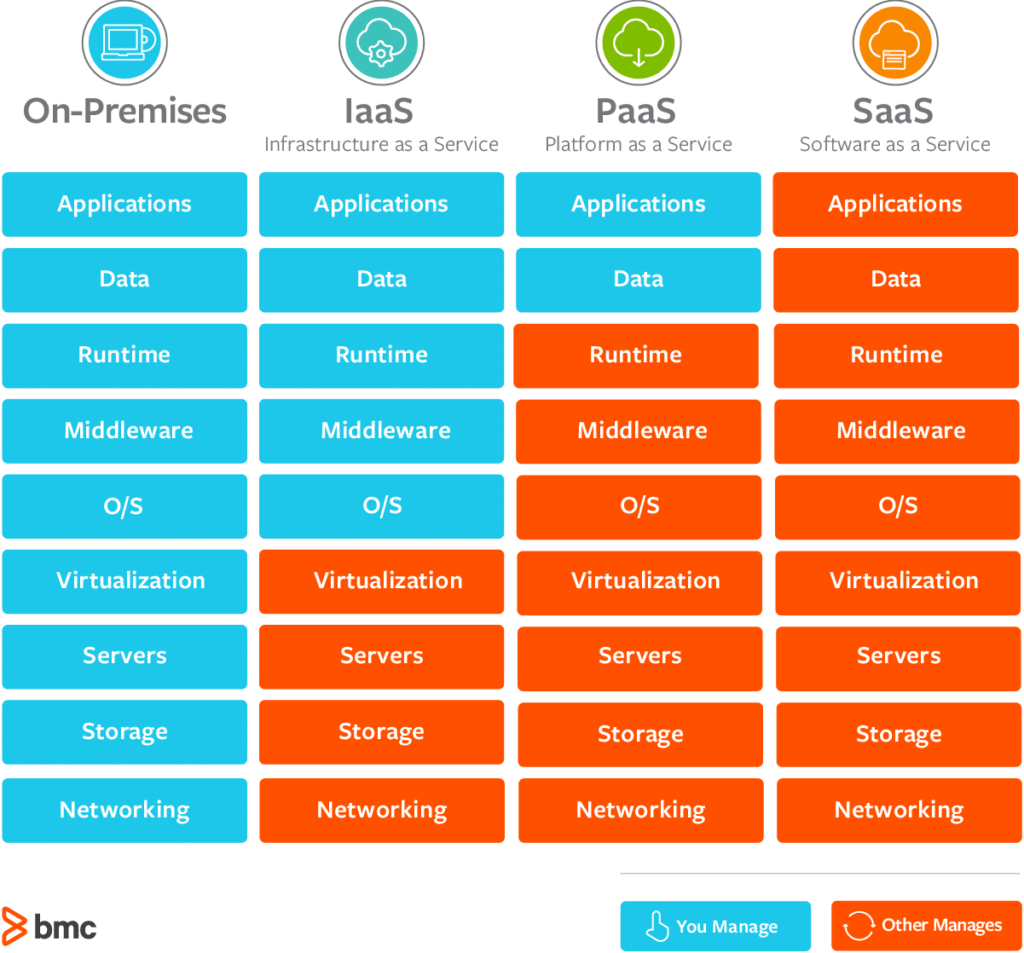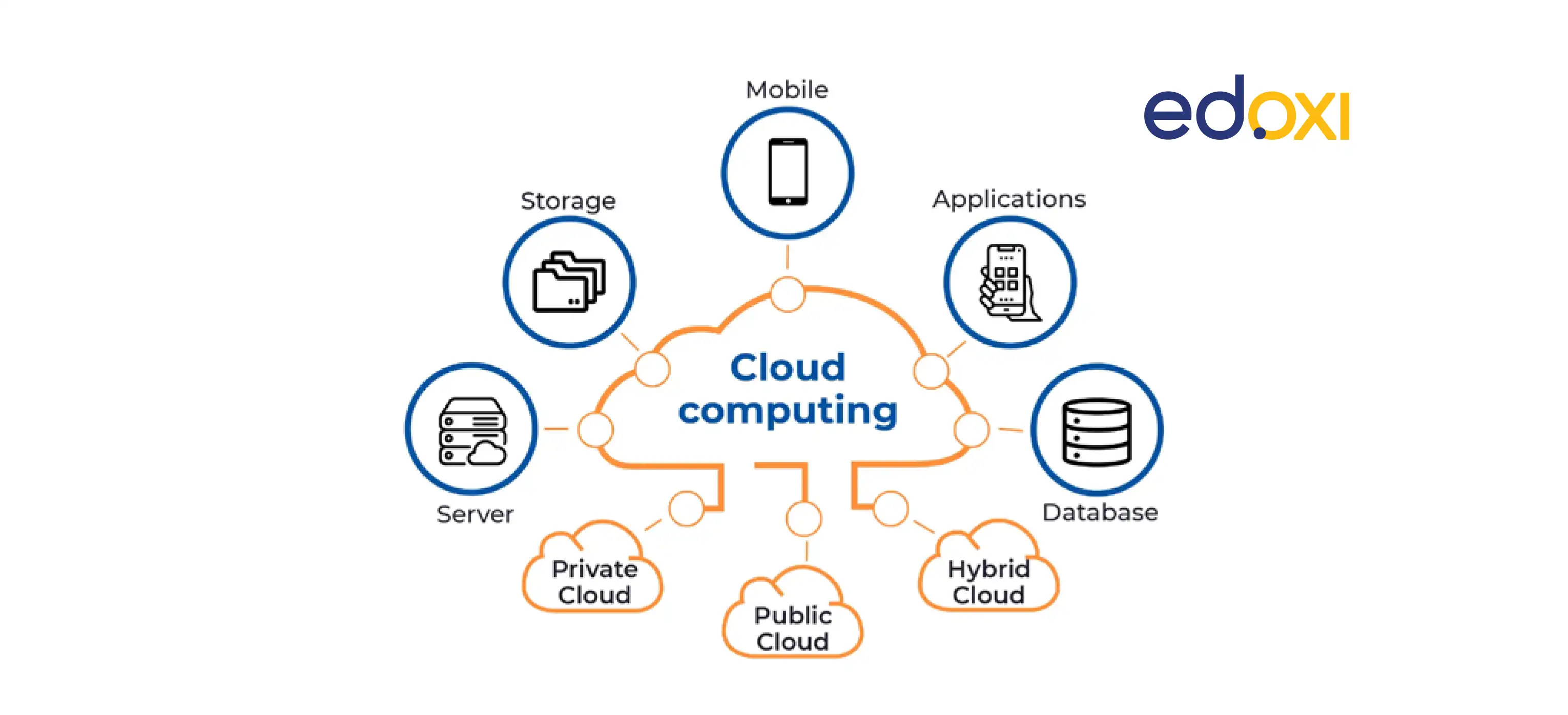Cloud Services: Maximize Your Operations with Advanced Modern Technology
Cloud Services: Maximize Your Operations with Advanced Modern Technology
Blog Article
Drive Advancement: Utilizing the Power of Cloud Provider
In the hectic landscape of modern-day service, taking advantage of the power of cloud services has become an important aspect for organizations aiming to drive development and maintain an one-upmanship. The capacity to scale resources dynamically, take on innovative technologies effortlessly, and streamline advancement procedures successfully can dramatically affect an organization's capability to adapt and introduce. As we discover the intricate partnership in between cloud services and technology, appealing insights on just how cloud options reinvent conventional company practices and pave the method for groundbreaking innovations will be disclosed.
Advantages of Cloud Solutions
Cloud solutions provide countless advantages to companies and individuals looking for adaptable and effective remedies for their digital demands. One of the key benefits of making use of cloud services is the cost-effectiveness they offer. By relocating to the cloud, organizations can eliminate the requirement for costly on-premises hardware and upkeep costs, instead going with a pay-as-you-go model that lines up with use. This scalability enables services to adjust sources based upon need, causing optimal cost monitoring.
Moreover, cloud services improve accessibility and partnership amongst groups. With information stored in the cloud, workers can firmly access documents and applications from anywhere with a web connection, promoting remote work abilities and enhancing performance. Real-time cooperation attributes make it possible for numerous customers to deal with records simultaneously, fostering smooth synergy no matter physical place.
One more advantage of cloud services is the enhanced data protection and calamity recuperation they offer. Cloud carriers implement advanced safety and security actions to protect data from cyber hazards, making sure compliance with market laws. Furthermore, automated backups and recovery remedies decrease the danger of data loss as a result of unpredicted events, giving assurance to individuals.
Cloud Movement Approaches
Transitioning to cloud services involves precise planning and calculated implementation to make certain a smooth and efficient migration procedure. There are a number of cloud movement techniques that companies can take into consideration when moving their operations to the cloud. One typical approach is the 'Rehost' method, where applications are lifted and moved to the cloud with minimal adjustments. This technique is fast but might not fully optimize cloud benefits. The 'Replatform' strategy involves making some cloud optimizations throughout migration, such as updating the application style to take benefit of cloud-native functions. linkdaddy cloud services. For a more thorough change, the 'Refactor' strategy entails rearchitecting applications to be cloud-native, improving scalability and performance. Furthermore, the 'Repurchase' method involves changing existing software application with cloud-based options, while the 'Retire' approach entails decommissioning repetitive applications. Choosing the ideal movement method depends upon variables like cost, timeline, and wanted results, calling for a cautious evaluation of each alternative's benefits and difficulties.
Enhancing Partnership in the Cloud
Enhancing group cooperation via cloud-based devices can significantly increase performance and simplify communication within companies. By leveraging cloud services, teams can interact seamlessly no matter their physical places, enabling real-time partnership on projects. Cloud-based communication tools such as Slack, Microsoft Teams, or Google Work area supply a centralized platform for team participants to share documents, exchange concepts, and coordinate jobs successfully. These devices supply attributes like instantaneous messaging, video clip conferencing, file sharing, and project management, improving teamwork and minimizing reliance on conventional communication techniques redirected here like emails.
Safety Considerations for Cloud Adoption
Just how can organizations ensure the durable protection of their information when adopting cloud services? Security factors to consider are critical in the adoption of cloud solutions. find here To guard data, companies need to initially carry out a comprehensive threat assessment to determine possible vulnerabilities and dangers. Implementing strong security methods for information both in transportation and at remainder is vital. Gain access to control systems ought to be put in area to restrict unauthorized entrance, and multi-factor verification can add an extra layer of protection. Regular safety and security audits and surveillance of the cloud environment assistance in spotting and alleviating any kind of safety and security breaches immediately.

Cloud-Native Advancement Practices
In the world of cloud computing, welcoming cloud-native innovation techniques is necessary for organizations making every effort to optimize their electronic infrastructure and improve functional efficiency. Cloud-native advancement practices include creating applications particularly for cloud settings, leveraging the scalability, versatility, and dexterity that cloud solutions use. Deliberately applications with cloud-native concepts in mind, such as microservices design, containerization, and orchestration, companies can simplify their growth processes, enhance resource use, and respond more successfully to transforming market demands.
Furthermore, cloud-native advancement practices advertise continual combination and continuous shipment (CI/CD) pipelines, making it possible for automated testing, implementation, and monitoring of applications. This iterative approach promotes faster technology cycles and enhances general software top quality. Additionally, the usage of serverless computing and handled services enables organizations to concentrate on establishing core company capabilities while offloading framework administration tasks to cloud company.
Basically, accepting cloud-native innovation techniques equips organizations to drive innovation, speed important site up time-to-market, and remain competitive in today's rapidly evolving digital landscape.
Verdict

As we discover the elaborate relationship between cloud solutions and technology, fascinating insights on how cloud services change conventional organization methods and pave the means for groundbreaking improvements will certainly be revealed. - universal cloud Service
There are numerous cloud movement techniques that companies can consider when moving their procedures to the cloud. Cloud-native technology techniques entail establishing applications specifically for cloud atmospheres, leveraging the scalability, versatility, and dexterity that cloud services provide. Furthermore, the usage of serverless computing and handled services permits companies to focus on establishing core organization functionalities while offloading infrastructure administration tasks to shadow solution carriers.
It is crucial for firms to consider cloud migration techniques, improve partnership in the cloud, and prioritize protection measures to ensure successful adoption of cloud services and drive technology within their organization.
Report this page